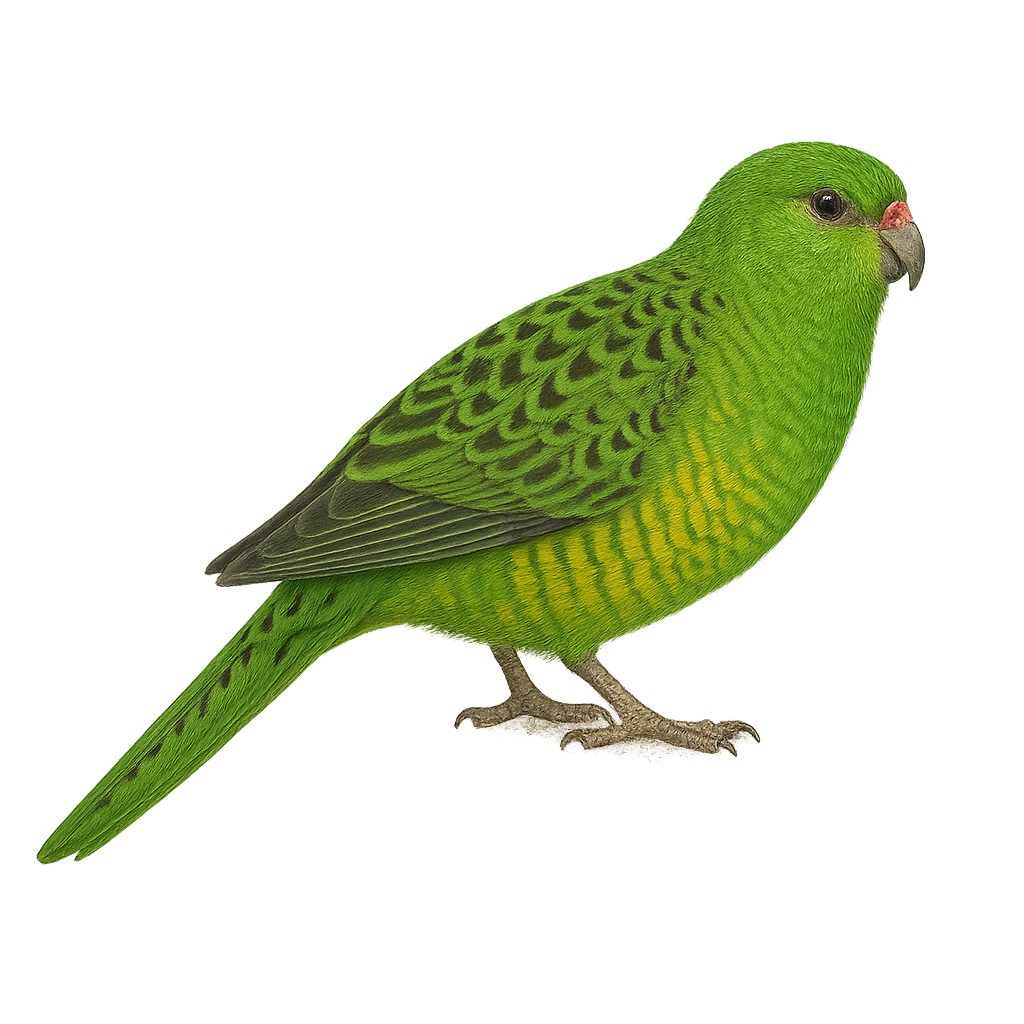Your wildlife photography guide.
Explore the night parrot in detail, study its behavior, prepare your shots.
Where to observe and photograph the night parrot in the wild
Learn where and when to spot the night parrot in the wild, how to identify the species based on distinctive features, and what natural environments it inhabits. The WildlifePhotographer app offers tailored photography tips that reflect the night parrot’s behavior, helping you capture better wildlife images. Explore the full species profile for key information including description, habitat, active periods, and approach techniques.
Night Parrot
Scientific name: Pezoporus occidentalis

IUCN Status: Endangered
Family: PSITTACIDAE
Group: Birds
Sensitivity to human approach: Suspicious
Minimum approach distance: 10 m
Courtship display: July to August
Incubation: 21-24 jours
Hatchings: July to September
Habitat:
Deserts, savannas, arid grasslands
Activity period :
Mainly active at night, generally discreet during the day.
Identification and description:
The Night Parrot, or Pezoporus occidentalis, is a rare and elusive bird from Australia, primarily nocturnal and difficult to spot. It is medium-sized, with green plumage speckled with yellow and black, allowing it to blend seamlessly into its arid habitat. Its short, sturdy beak is well-suited for its diet of seeds and grasses. Known for its melodious yet discreet call, this bird's song echoes across the desert plains. It is often solitary or found in small groups, moving mainly on the ground and using its wings for short flights. Its rarity and secretive behavior make it a fascinating subject of study for ornithologists and nature enthusiasts.
Recommended lens:
400 mm – adjust based on distance, desired framing (portrait or habitat), and approach conditions.
Photography tips:
To photograph the Night Parrot, it is essential to be discreet and patient. Use a telephoto lens of 400mm or more to capture images from a distance without disturbing the bird. Focus on twilight or nighttime hours when this bird is most active. A tripod can be helpful to stabilize the camera during low-light shots. Pay attention to the bird's subtle sounds to locate its presence. Finally, always respect the bird's natural environment to minimize the impact of your presence.
The WildlifePhotographer App is coming soon!
Be the first to explore the best nature spots, track rutting seasons, log your observations, and observe more wildlife.
Already 1 430 wildlife lovers subscribed worldwide

